-

Proteinase K CAS:39450-01-6 Manufacturer Price
Proteinase K is a highly active serine protease enzyme that can catalyze the hydrolysis of peptide bonds in proteins. It is derived from the fungus Engyodontium album and is known for its wide range of substrate specificity. Proteinase K can efficiently cleave peptide bonds on the C-terminal side of hydrophobic, aliphatic, or aromatic amino acids, making it useful in various molecular biology and biochemistry applications.
-
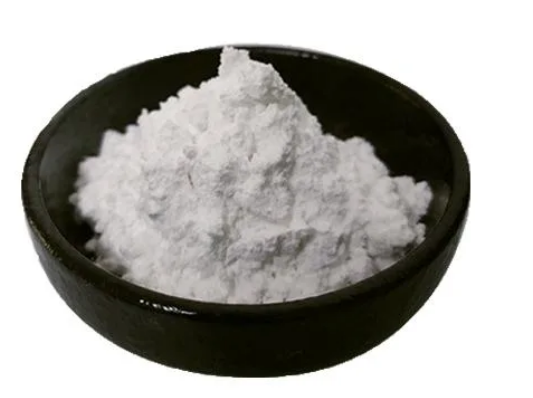
N,N-Dimethyl-p-phenylenediamine dihydrochloride CAS:536-46-9
N,N-Dimethyl-p-phenylenediamine dihydrochloride is a chemical compound commonly used in various scientific and industrial applications. It is a white to off-white crystalline powder with a molecular formula of C8H14N2·2HCl.
This compound has a wide range of uses due to its properties and reactivity. It is often employed as an analytical reagent for the determination of peroxides and as a dye intermediate in the production of various colorants and pigments.
In the field of analytical chemistry, N,N-Dimethyl-p-phenylenediamine dihydrochloride is frequently utilized as a colorimetric indicator for the determination of oxidative species, such as hydrogen peroxide or peroxides in samples. The compound undergoes a color change upon reaction with these oxidizing agents, allowing for their quantification.
Furthermore, this compound can also be found in the formulation of hair dyes, where it acts as a color developer. Its ability to create vibrant and long-lasting colors makes it popular in the cosmetic industry.
-

Creatine phosphate disodium salt CAS:922-32-7
Creatine phosphate disodium salt is a compound that consists of creatine, a naturally occurring amino acid derivative, bound to phosphate groups and sodium ions. It plays a crucial role in providing energy for muscle contraction and is commonly used as a dietary supplement by athletes and bodybuilders.
When consumed, creatine phosphate disodium salt is converted into creatine phosphate in the body, which is then stored in the muscles. During high-intensity activities, such as weightlifting or sprinting, creatine phosphate acts as a readily available source of high-energy phosphate bonds, allowing for the rapid replenishment of adenosine triphosphate (ATP).
ATP is the primary energy molecule used by muscles, and its levels decrease rapidly during intense exercise. By supplementing with creatine phosphate, athletes can increase the availability of ATP, leading to improved muscle performance, increased power, and reduced fatigue.
Additionally, creatine phosphate disodium salt may have other potential benefits, including increased muscle mass, enhanced recovery, and improved cognitive function. It is typically taken orally in powder or tablet form, either as a standalone supplement or as part of a pre-workout or post-workout supplement regimen.
-
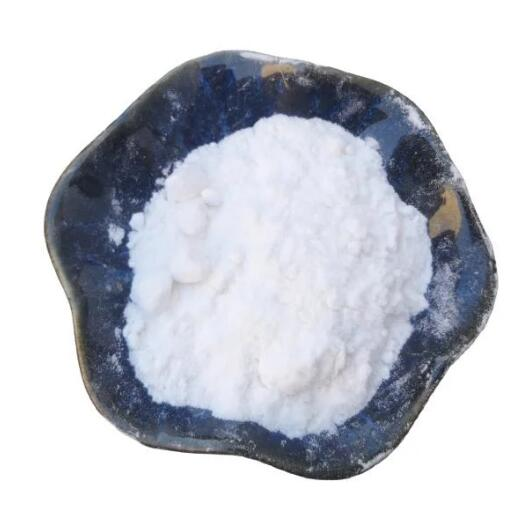
2′,6′-DiMethylcarbonylphenyl-10-sulfopropylacridiniuM-9-carboxylate 4′-NHS Ester CAS:194357-64-7
2′,6′-DiMethylcarbonylphenyl-10-sulfopropylacridinium-9-carboxylate 4′-NHS ester is a chemical compound with a complex molecular structure. It contains a sulfopropylacridinium group and a carboxylate ester functional group. The presence of the ester moiety indicates that it is reactive and can be used as a labeling or modifying agent for biomolecules.
The compound’s sulfopropylacridinium group suggests that it may have potential applications in fluorescence-based assays, where it can be used as a fluorescent probe or dye for detecting and analyzing biomolecules. It may also have relevance in studies of cellular processes, such as intracellular calcium signaling.
The inclusion of the NHS ester group indicates that it can react with primary amines, such as those found in proteins or peptides, to form stable amide bonds. This reactivity makes it useful for bioconjugation applications, where it can be used to label or modify biomolecules with other functional molecules, such as fluorophores or tags.
-

ABEI CAS:66612-29-1 Manufacturer Price
N-(4-Aminobutyl)-N-ethylisoluminol, also known as ABEI, is a luminescent compound often used as a chemiluminescent probe in bioanalytical applications. It belongs to the class of isoluminol derivatives and is widely used in immunoassays and DNA/RNA detection techniques.
.
-
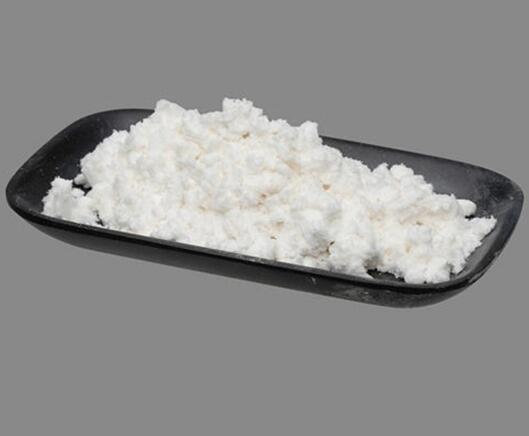
Z-GLY-PRO-PNA CAS:65022-15-3
Z-GLY-PRO-PNA is a peptide nucleic acid (PNA) derivative with the sequence Z-Gly-Pro. This compound is commonly used in research and diagnostics for its ability to bind specifically to complementary nucleic acid sequences. The addition of the Z-group on the N-terminus allows for efficient targeting and delivery to the desired molecular targets. With its unique combination of peptide and nucleic acid properties, Z-GLY-PRO-PNA offers great potential in various applications, including gene therapy, molecular diagnostics, and drug development.
-
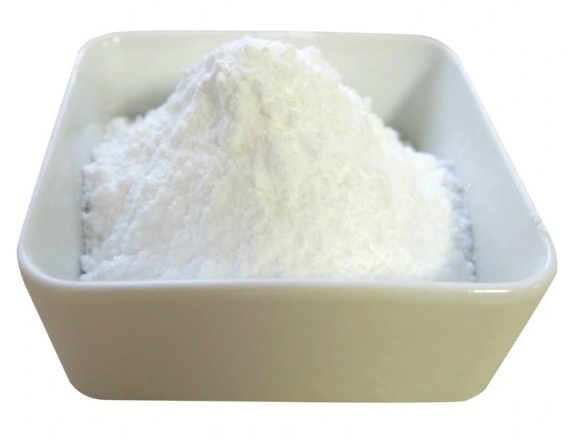
TRIS-Acetate CAS:6850-28-8 Manufacturer Price
TRIS-Acetate, is a buffer commonly used in biological and biochemical experiments. It is a combination of Tris base and acetic acid, resulting in a pH-stable solution that is used to control and maintain the desired pH range for a variety of applications.TRIS-Acetate is particularly useful in DNA and RNA studies, as it provides a suitable environment for enzyme activities, electrophoresis, and gel electrophoresis. It helps maintain the stability and integrity of nucleic acids during various procedures, such as DNA sequencing, polymerase chain reaction (PCR), and agarose gel electrophoresis.In addition to nucleic acid research, TRIS-Acetate is also utilized in protein isolation and purification procedures, membrane protein extraction, and cell culture experiments. Its versatile buffering capacity makes it a valuable tool in many areas of scientific research, ensuring optimal conditions for biological reactions and maintaining the stability of enzymes and proteins.
-
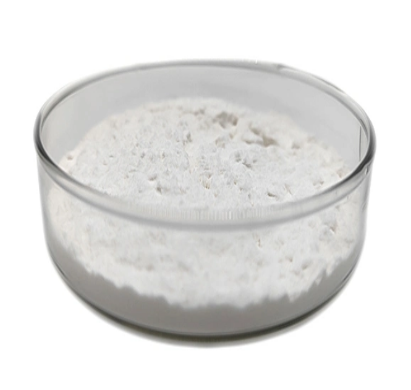
Phenol,4,4′-(4,5,6,7-tetrabromo-1,1-dioxido-3H-2,1-benzoxathiol-3-ylidene)bis[2-iodo-6-nitro- CAS:145551-16-2
Phenol, 4,4′-(4,5,6,7-tetrabromo-1,1-dioxido-3H-2,1-benzoxathiol-3-ylidene)bis[2-iodo-6-nitro- (9CI) is a chemical compound that belongs to the phenol family. It consists of a phenol ring attached to a 1,1-dioxido-3H-2,1-benzoxathiol-3-ylidene group, which is further linked to two 2-iodo-6-nitro groups. The compound is highly brominated, with four bromine atoms located on the phenol ring.
-
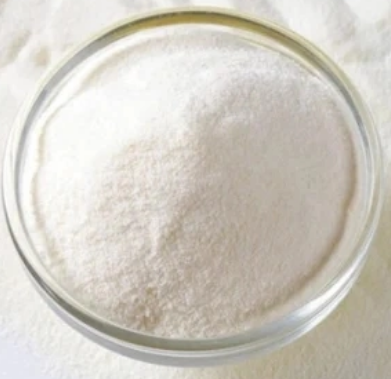
PUROMYCIN DIHYDROCHLORIDE CAS:58-58-2
Puromycin dihydrochloride is a compound commonly used in molecular biology and cell culture studies. It is an antibiotic that inhibits protein synthesis by prematurely terminating the translation process. Puromycin dihydrochloride is often employed as a selection marker in genetic engineering experiments, allowing for the identification and isolation of cells that have successfully incorporated a desired gene or genetic modification.
-
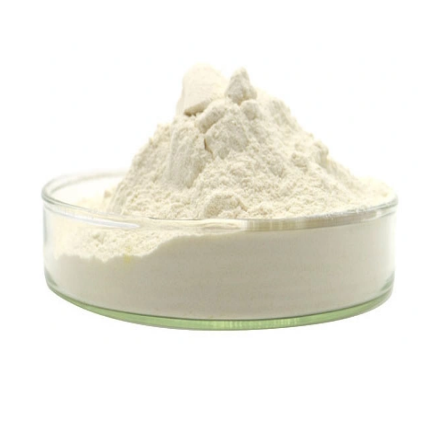
Nitro Blue Tetrazolium Chloride monohydrate CAS:298-96-4
NBT chloride monohydrate is a commonly used substrate for the detection of enzyme activities, particularly for the identification and visualization of dehydrogenase enzymes. These enzymes catalyze the reduction of NBT chloride, resulting in the formation of a deep blue formazan product.
The reduction reaction of NBT chloride by these enzymes is often used in histochemical and immunocytochemical staining techniques to visualize the location and activity of enzymes within biological samples. This compound can be used to study the localized activity of various enzymes, including nitroreductases, oxidoreductases, and other dehydrogenase enzymes.
NBT chloride monohydrate is also used in a range of research applications, such as in cell culture studies, to investigate cellular metabolism and enzyme functions. It is often employed as a screening reagent to assess the redox status and metabolic activity of cells.
-

Disodium 5′-Inosinate CAS:4691-65-0
Disodium 5′-Inosinate, also known as E631, is a food additive that is commonly used as a flavor enhancer. It is derived from inosinic acid, which is a nucleotide found naturally in various foods such as meat and fish.
Its primary function is to enhance the taste of food by adding a savory or umami flavor. Disodium 5′-Inosinate is often used in combination with other flavor enhancers such as monosodium glutamate (MSG) in processed foods, snacks, seasonings, and canned foods.
Adding Disodium 5′-Inosinate to food can help improve the overall flavor profile by increasing the perception of meaty or savory taste, especially in products where natural flavors may be lacking.
-
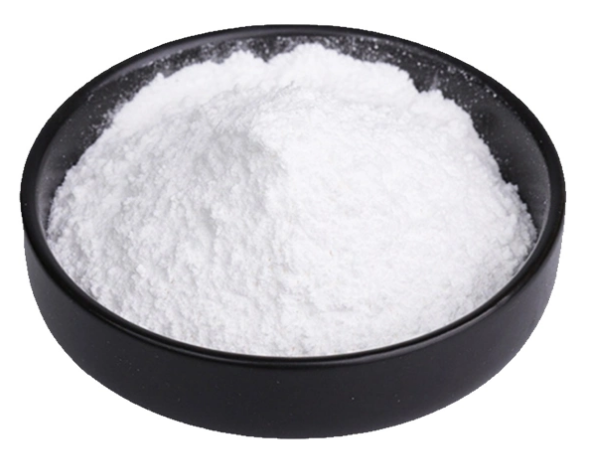
3-(N-tosyl-L-alanyloxy)indole CAS:75062-54-3
3-(N-tosyl-L-alanyloxy)indole is a chemical compound with the molecular formula C20H20N2O4S. It is commonly used as a building block or intermediate in organic synthesis. The compound features an indole ring system, which is a common motif in a variety of biologically active molecules. 3-(N-tosyl-L-alanyloxy)indole is often used in the synthesis of pharmaceuticals, agrochemicals, and other organic compounds.

